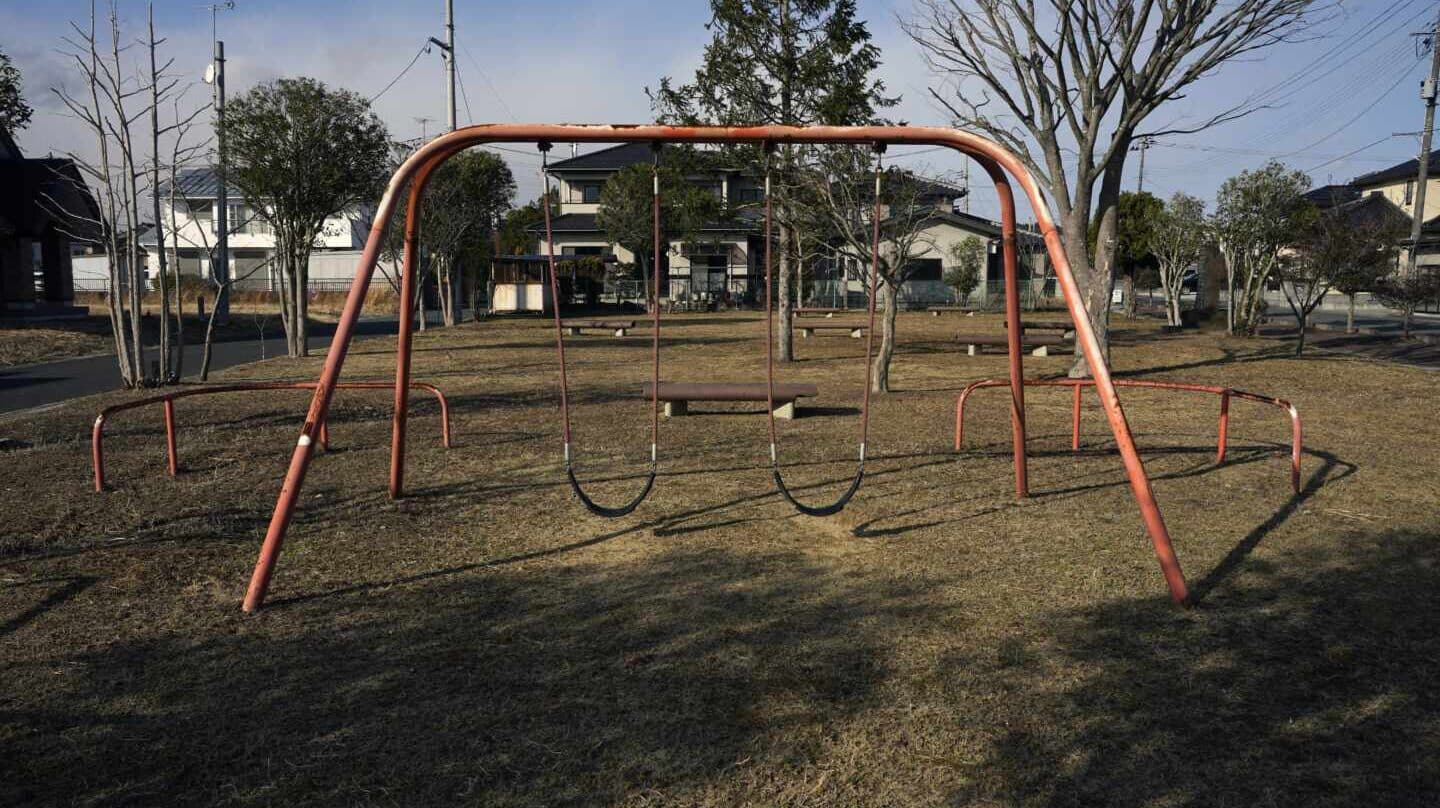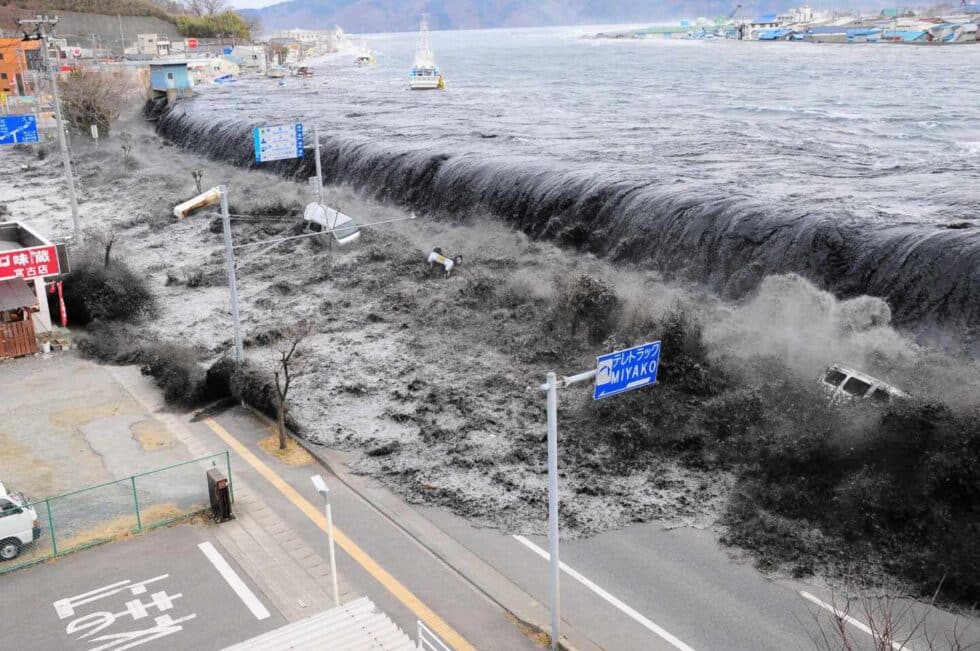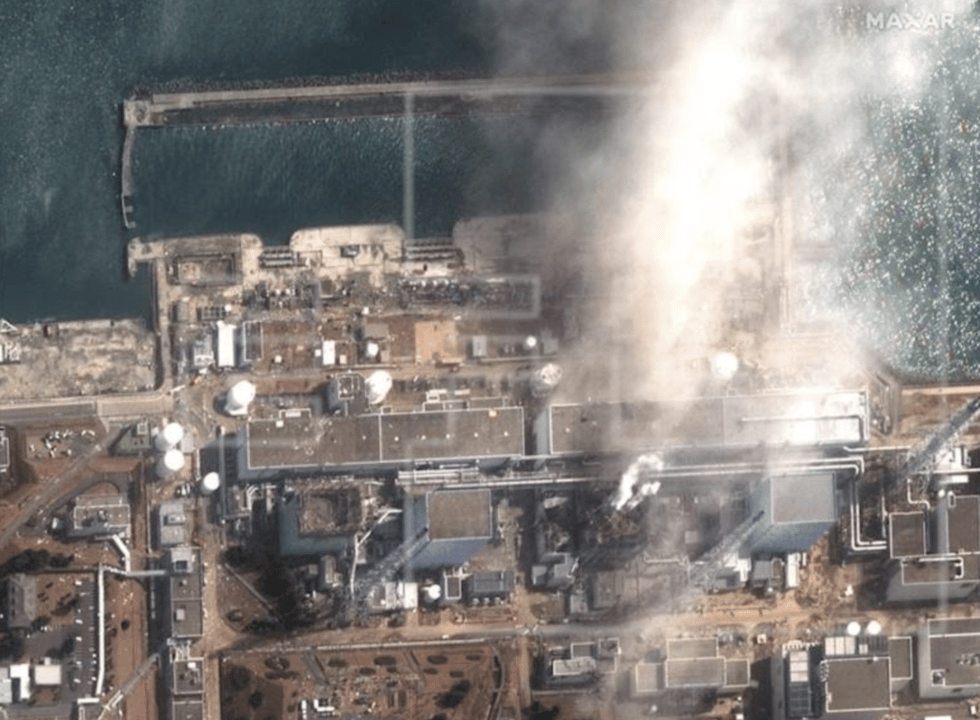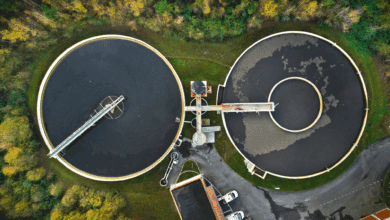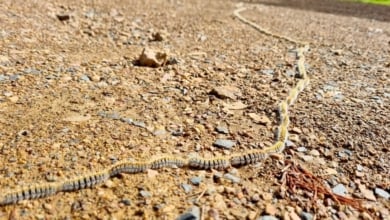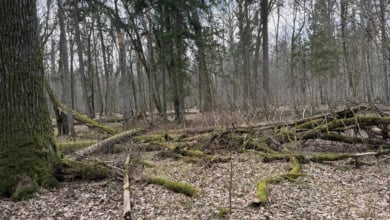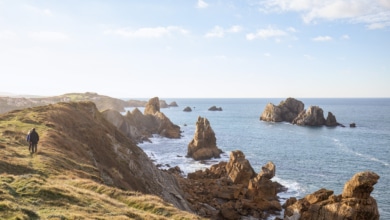Era un viernes cuando la Tierra vibró frente a las costas de Japón. Más de cinco minutos de terremoto en Fukushima aquel 11 de marzo de 2011. Un 9,0 en la escala de Richter, una de las mayores sacudidas que se han registrado jamás. Desencadenó un efecto dominó tremendo: el terremoto generó un tsunami y éste provocó un desastre nuclear cuando embistió la central nuclear de Daiichi.
Murieron casi 18.000 personas y hubo unos 2.000 cadáveres que nunca aparecieron por el terremoto y el tsunami. Además, más de 160.000 personas fueron evacuadas de la prefectura de Fukushima por el accidente nuclear.
Diez años después, 36.000 todavía no han regresado. Hay lugares que se convirtieron en pueblos fantasma desde entonces. Zonas declaradas "prohibidas" por el Gobierno japonés por los altos índices de radioactividad.
La ola del tsunami arrasó la costa noreste de Japón
Tras el temblor, llegó el tsunami. Menos de una hora después del terremoto llegaron las primeras olas a la costa noreste de Japón. El agua arrasó con todo en las ciudades costeras.
La central nuclear de Daiichi tras el accidente nuclear
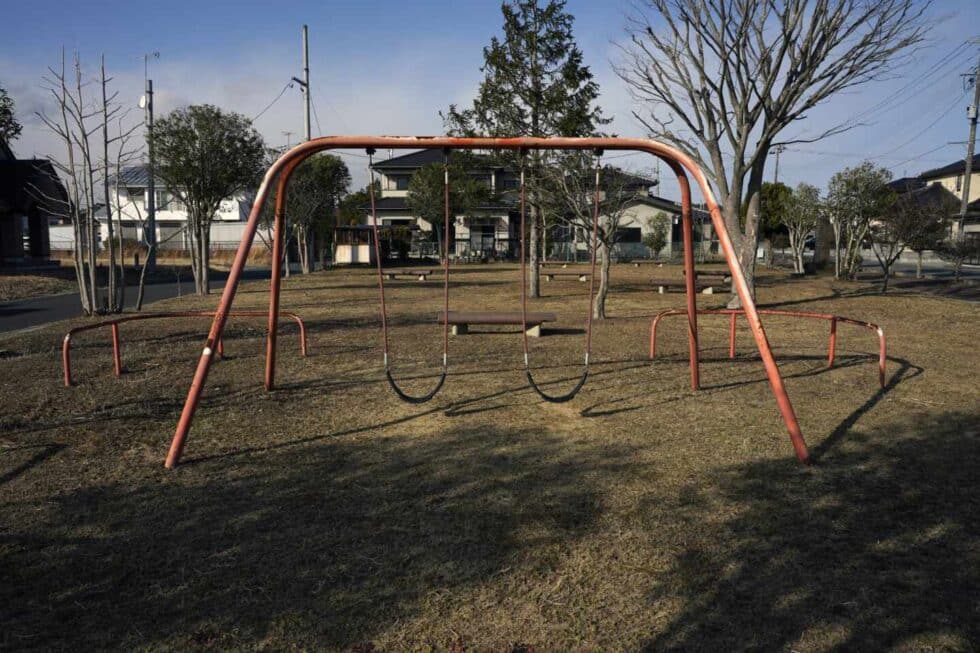
An empty playground in the town of Namie, Fukushima prefecture, Japan, 16 February 2021 (issued 05 March 2021). Namie is scheduled to host a leg of the Tokyo 2020 Olympic Torch Relay which will start from Fukushima Prefecture on 25 March 2021, in areas close to the crippled Fukushima Daiichi Nuclear Power Plant. Delayed for one year due to the coronavirus pandemic, the torch relay will kick off at the J-Village soccer training center and pass through radiation contaminated towns, among them Tomioka, Futaba, Namie and Okuma. After the disaster at the Fukushima nuclear power plant in March 2011, the authorities decided to decontaminate the region. For 10 years, the national route N6 crossing the area around the damaged nuclear plant is busy with incessant traffic of trucks carrying contaminated soil and debris. The Japanese government carried out intensive decontamination work in the affected area to allow the safe return of residents but still, a lot has to be done. A small percentage of the former residents, especially families, are returning to their homeland fearing the effects of the remaining radioactivity. Only 13 children are currently studying at Tomioka'Äôs junior high school and some 1,500 people are living in Namie, which counted a population of 21,000 before March 2011. Abandoned houses are remaining in the landscape and demolition of ruins have left empty spaces in the towns that are scheduled to host the torch relay such as ghost towns without inhabitant. Named Japan's 'Reconstruction Games,' the public support for the postponed Tokyo 2020 Olympic Games is fading and more than 80 percent of the population are in favor of another postponement or even a cancellation of the Tokyo Games. Uncertainty is rising as Tokyo and its surrounding prefectures are still a new state of emergency following a spike in COVID-19 cases and vaccination for citizens aged 65 or older is scheduled to start in April 2021 before reaching the rest of the population la
Columpios abandonados
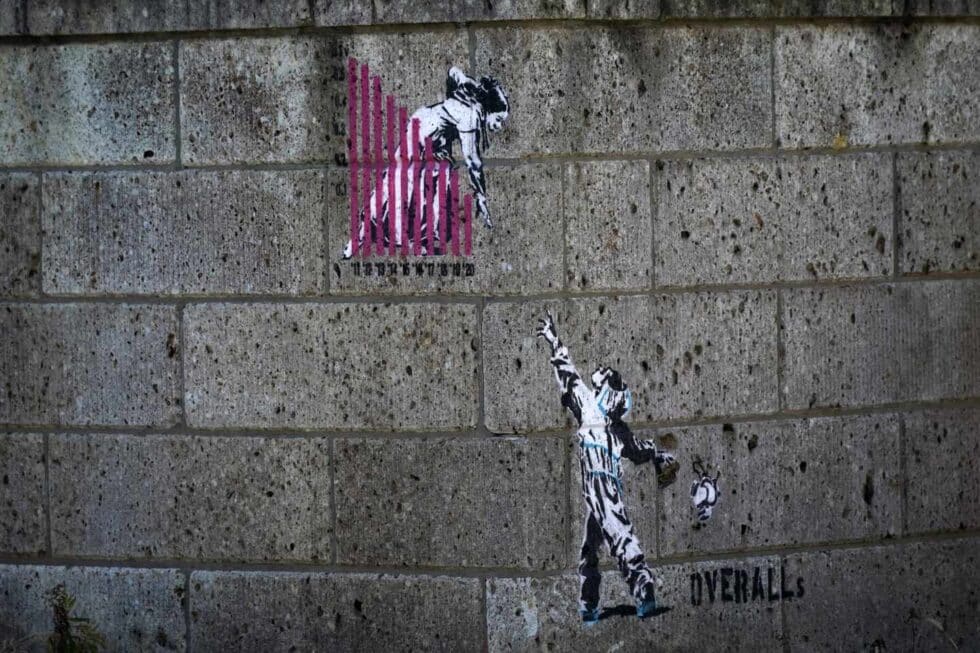
Walls are painted with street art in the town of Futaba, Fukushima prefecture, Japan, 16 February 2021 (issued 05 March 2021). Futaba is scheduled to host a leg of the Tokyo 2020 Olympic Torch Relay which will start from Fukushima Prefecture on 25 March 2021, in areas close to the crippled Fukushima Daiichi Nuclear Power Plant. Delayed for one year due to the coronavirus pandemic, the torch relay will kick off at the J-Village soccer training center and pass through radiation contaminated towns, among them Tomioka, Futaba, Namie and Okuma. After the disaster at the Fukushima nuclear power plant in March 2011, the authorities decided to decontaminate the region. For 10 years, the national route N6 crossing the area around the damaged nuclear plant is busy with incessant traffic of trucks carrying contaminated soil and debris. The Japanese government carried out intensive decontamination work in the affected area to allow the safe return of residents but still, a lot has to be done. A small percentage of the former residents, especially families, are returning to their homeland fearing the effects of the remaining radioactivity. Only 13 children are currently studying at Tomioka'Äôs junior high school and some 1,500 people are living in Namie, which counted a population of 21,000 before March 2011. Abandoned houses are remaining in the landscape and demolition of ruins have left empty spaces in the towns that are scheduled to host the torch relay such as ghost towns without inhabitant. Named Japan's 'Reconstruction Games,' the public support for the postponed Tokyo 2020 Olympic Games is fading and more than 80 percent of the population are in favor of another postponement or even a cancellation of the Tokyo Games. Uncertainty is rising as Tokyo and its surrounding prefectures are still a new state of emergency following a spike in COVID-19 cases and vaccination for citizens aged 65 or older is scheduled to start in April 2021 before reaching the rest of t
Un grafiti pintado en las calles de Futaba, ciudad cercana a la central nuclear
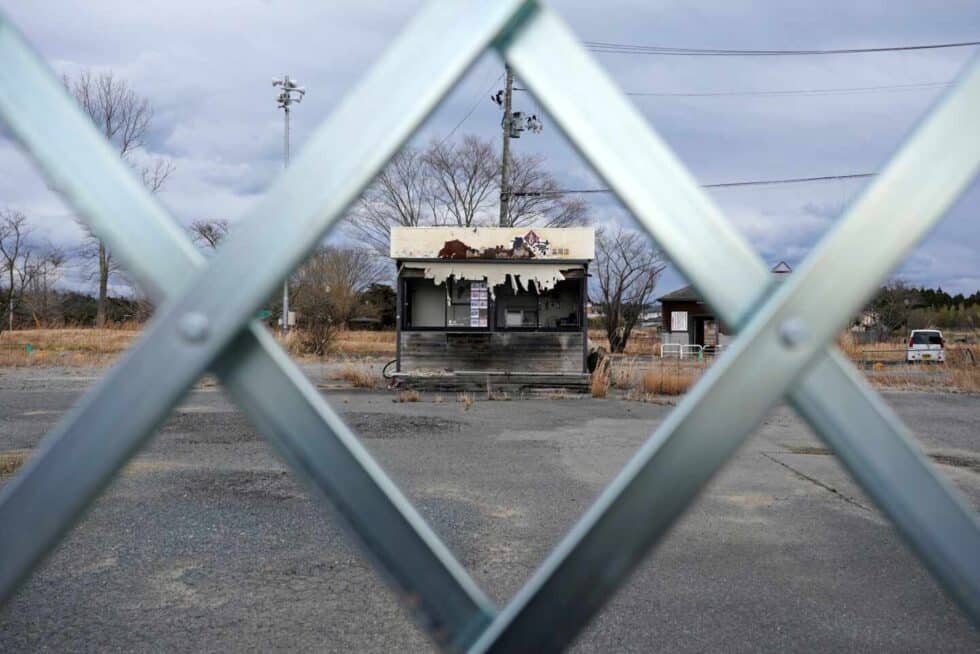
Tomioka (Japan), 02/03/2021.- An abandoned food booth is seen behind a gate at an exclusion zone in Tomioka, Fukushima prefecture, Japan, 17 February 2021 (issued 05 March 2021). More than 36,000 people who evacuated Fukushima after the nuclear accident are still away from their homes 10 years later, and most of them don't want to go back due to radiation concerns, which remains one of the main challenges in the decades-lasting reconstruction process. (Terremoto/sismo, Japón) EFE/EPA/FRANCK ROBICHON ATTENTION: This Image is part of a PHOTO SET
La zona de exclusión
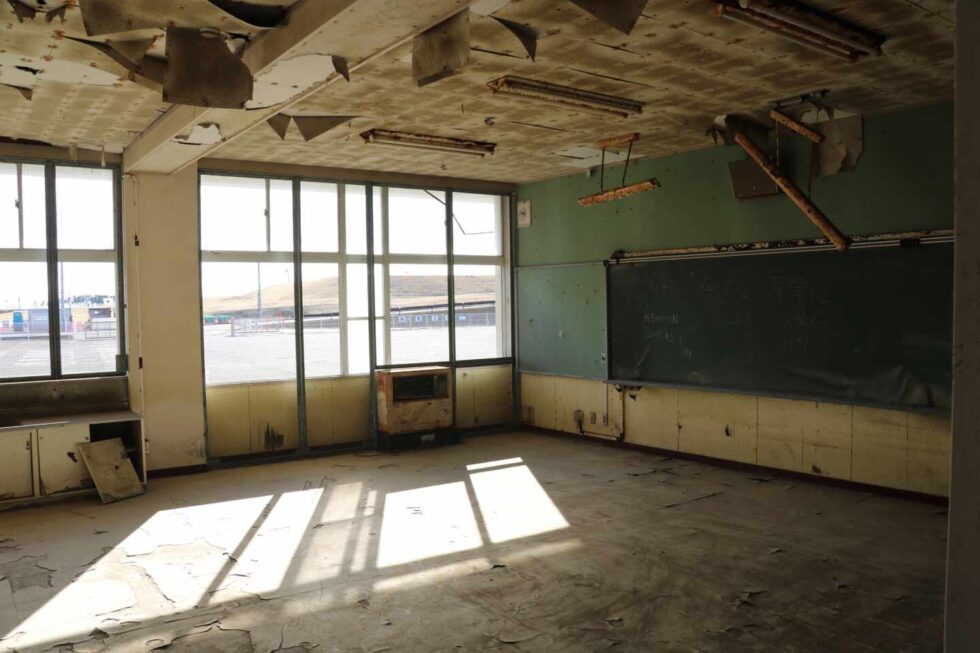
GRAF9335. SENDAI, 06/03/2021.- Aula del colegio de Arahama, en Sendai (noreste de Japón) que sirvió de refugio para salvar a 320 alumnos, profesores y otras personas del tsunami que barrió el noreste de Japón en 2011 y que hoy sigue en pie por su respuesta ejemplar ante una catástrofe de esas proporciones. EFE/ Antonio Hermosín
El colegio que salvó a 320 personas del tsunami
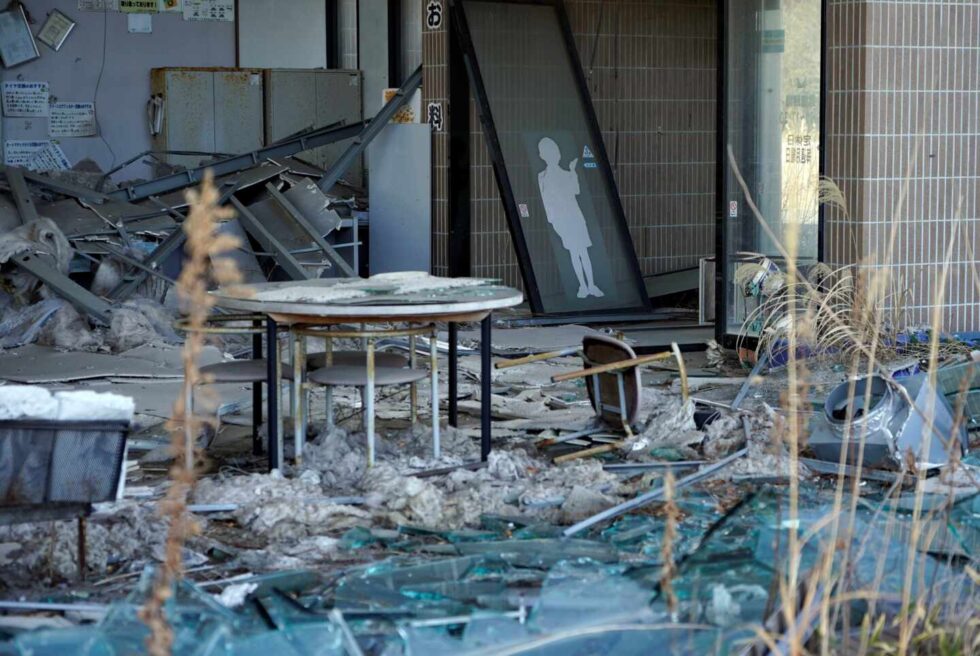
Tomioka (Japan), 02/03/2021.- An abandoned car dealer remains in the town of Tomioka, Fukushima prefecture, Japan, 16 February 2021 (issued 05 March 2021). More than 36,000 people who evacuated Fukushima after the nuclear accident are still away from their homes 10 years later, and most of them don't want to go back due to radiation concerns, which remains one of the main challenges in the decades-lasting reconstruction process. (Terremoto/sismo, Japón) EFE/EPA/FRANCK ROBICHON ATTENTION: This Image is part of a PHOTO SET
Huellas intactas
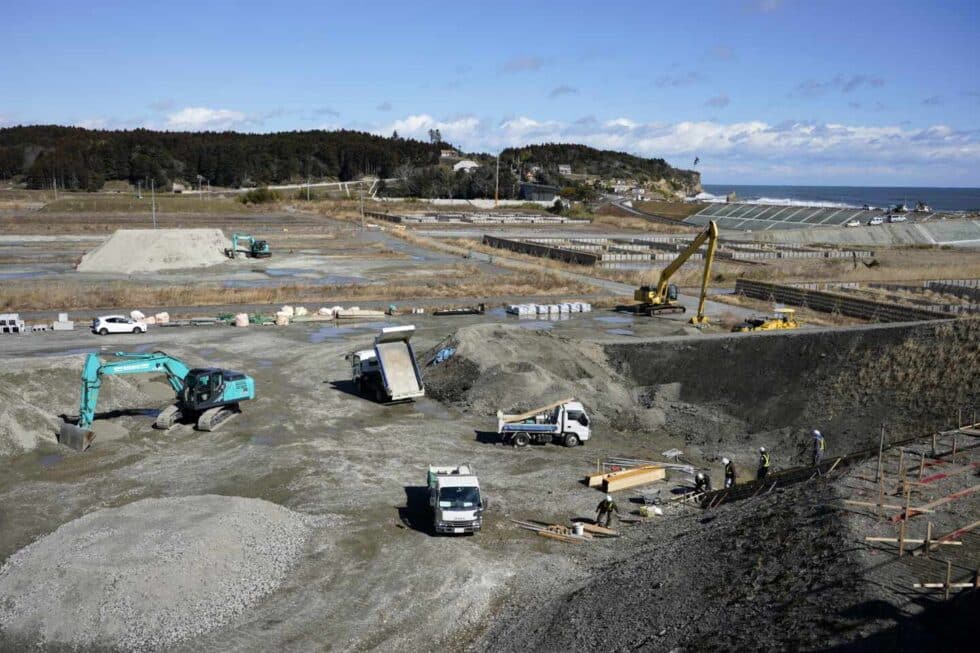
Workers labor at a construction site behind a seawall in the town of Tomioka, Fukushima prefecture, Japan, 16 February 2021 (issued 05 March 2021). Tomioka is scheduled to host a leg of the Tokyo 2020 Olympic Torch Relay which will start from Fukushima Prefecture on 25 March 2021, in areas close to the crippled Fukushima Daiichi Nuclear Power Plant. Delayed for one year due to the coronavirus pandemic, the torch relay will kick off at the J-Village soccer training center and pass through radiation contaminated towns, among them Tomioka, Futaba, Namie and Okuma. After the disaster at the Fukushima nuclear power plant in March 2011, the authorities decided to decontaminate the region. For 10 years, the national route N6 crossing the area around the damaged nuclear plant is busy with incessant traffic of trucks carrying contaminated soil and debris. The Japanese government carried out intensive decontamination work in the affected area to allow the safe return of residents but still, a lot has to be done. A small percentage of the former residents, especially families, are returning to their homeland fearing the effects of the remaining radioactivity. Only 13 children are currently studying at Tomioka'Äôs junior high school and some 1,500 people are living in Namie, which counted a population of 21,000 before March 2011. Abandoned houses are remaining in the landscape and demolition of ruins have left empty spaces in the towns that are scheduled to host the torch relay such as ghost towns without inhabitant. Named Japan's 'Reconstruction Games,' the public support for the postponed Tokyo 2020 Olympic Games is fading and more than 80 percent of the population are in favor of another postponement or even a cancellation of the Tokyo Games. Uncertainty is rising as Tokyo and its surrounding prefectures are still a new state of emergency following a spike in COVID-19 cases and vaccination for citizens aged 65 or older is scheduled to start in April 2021 before
Un muro de contención más grande
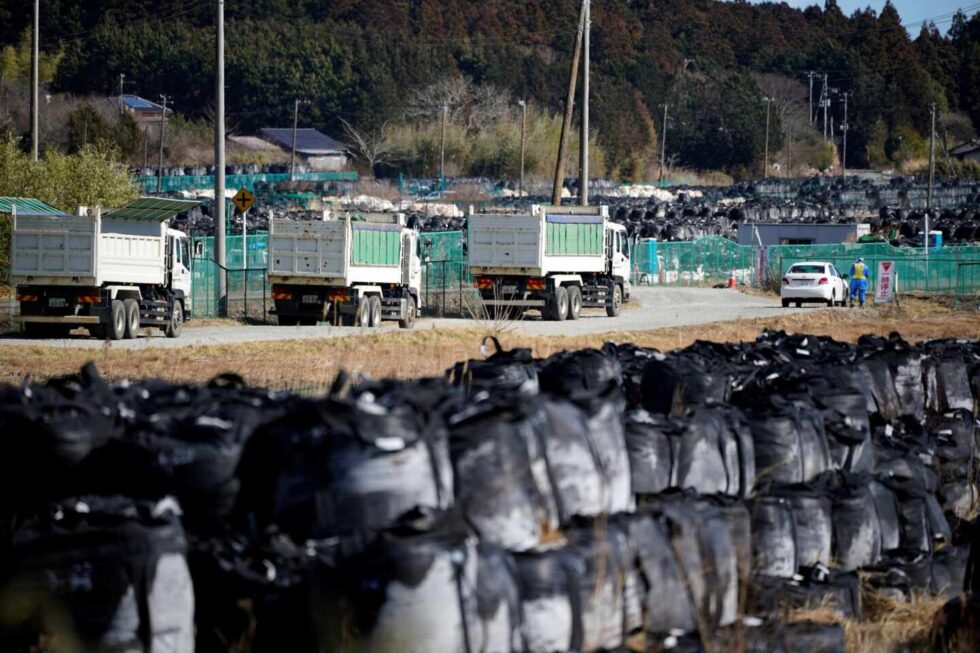
Namie (Japan), 02/03/2021.- Trucks carry contaminated debris near the crippled Fukushima Daiichi Nuclear Power Plant, Fukushima prefecture, Japan, 16 February 2021 (issued 05 March 2021). More than 36,000 people who evacuated Fukushima after the nuclear accident are still away from their homes 10 years later, and most of them don't want to go back due to radiation concerns, which remains one of the main challenges in the decades-lasting reconstruction process. (Terremoto/sismo, Japón) EFE/EPA/FRANCK ROBICHON ATTENTION: This Image is part of a PHOTO SET
Residuos nucleares
Te puede interesar
Lo más visto
